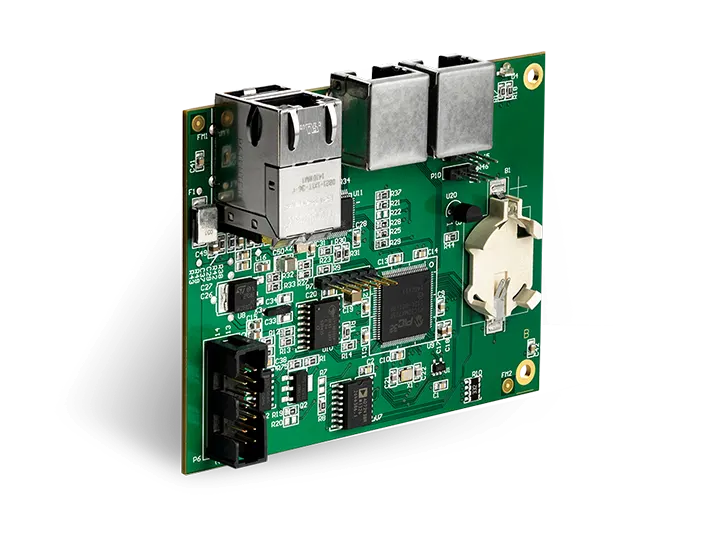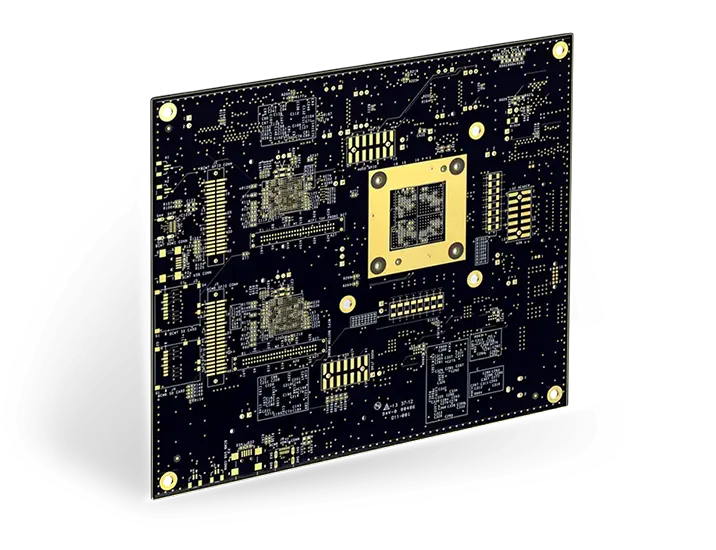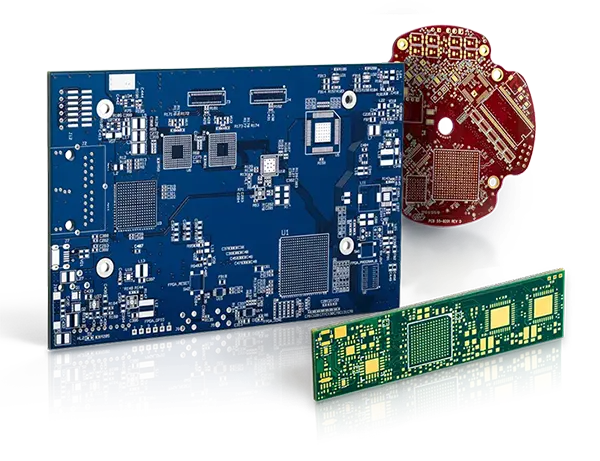RF Series 1/4: Resolving Common Errors in RF PCB Layout Design
REGISTER NOW
July 23rd, 2025 | 10 AM PT
COST: FREE
-
11
Days
-
14
Hours
-
26
Minutes
-
7
Seconds
Amit Bahl
CRO at Sierra Circuits
This webinar will be hosted on Zoom.
Following this event, you will receive:
-
Slides
-
Recording
Webinar abstract:
Welcome to the first webinar of our RF series
#1 Resolving common errors in RF PCB layout design
#2 Techniques for building reliable RF PCB stack-ups
#3 BGA fanout strategies for RF applications
#4 Thermal management in RF circuits
RF PCB layout design isn’t just about making connections; it demands engineering precision and a deep understanding of high-frequency signal behavior. Invisible threats like return current loops and via stub resonances might silently degrade your circuit performance. Even minor impedance mismatches might introduce reflections, phase shifts, and signal degradation.
In this webinar, you’ll learn effective layout strategies to avoid these critical design pitfalls and build robust radio-frequency boards.
Techniques to overcome typical RF PCB layout design challenges
Impedance matching is fundamental to radio-frequency circuits. When your transmission line impedance doesn’t match the source or load, part of the signal reflects, leading to power loss.
REGISTER NOW
To prevent impedance mismatches, always maintain consistent trace widths and spacing. For differential pairs, keep traces tightly coupled and route them symmetrically. Above all, never route radio-frequency signals over split planes, which introduces discontinuities in the return path and causes unwanted resonances.
Vias are necessary for multilayer designs, but if not carefully managed, they might introduce parasitic inductance and capacitance. The biggest culprit? Via stubs. They act like tiny antennas at high frequencies and can severely degrade signal integrity. You can address this by using back-drilling or blind and buried vias.
A solid ground plane is the backbone of RF PCB layout designs. However, many designs fail due to unintentional breaks in the ground plane. To avoid these issues, keep your ground plane continuous under radio-frequency signal lines. Use stitching vias around the edges of the RF sections to ensure low-inductance paths for return currents. Remember, a poorly grounded RF design is a noisy design.
Placing RF components isn’t just about fitting them onto the board; it’s about minimizing parasitics and optimizing signal flow. Long traces between components might increase the risk of inductive and capacitive coupling. To minimize trace lengths, group related RF components close together. Maintain adequate spacing between digital ICs and sensitive RF sections. Position decoupling capacitors as close as possible to IC power pins.
This webinar will help you recognize and correct potential RF layout design mistakes before they appear in production.
Join us to elevate your design skills because, in RF, there’s no room for guesswork.
Webinar agenda:
- Design mistakes RF engineers make:
- o Overlooking via design and stubs
- o Unintended ground loops and split ground planes
- o Impedance mismatching among various RF components
- How to design like a pro:
- o Crafting vias and avoiding via stubs
- o Best grounding practices and designing stitching vias
- o Layout tips to ensure uniform impedance
- Industry standards for designing radio frequency boards

Amit Bahl, CRO at Sierra Circuits
Amit Bahl, widely recognized as the PCB Guy, currently serves as the Chief Revenue Officer at Sierra Circuits. He earned his Bachelor of Science in Engineering from UCLA in 1997, launching his career in Silicon Valley's tech industry. In 2009, he assumed the role of Director of Sales and Marketing at Sierra Circuits, with a dedicated focus on democratizing design for manufacturing best practices and guidelines for PCB designers and engineers. Within a short span, Amit successfully propelled Sierra Circuits to become a leading educational platform for all aspects of PCBs. Under his leadership, Sierra expanded to offer blogs, design guides, webinars, calculators and design tools, and a vibrant forum, SierraConnect. Amit remains committed to ensuring the community has access to the essential resources, whether they are developing standard products or boards with specifications for medtech or military applications.



